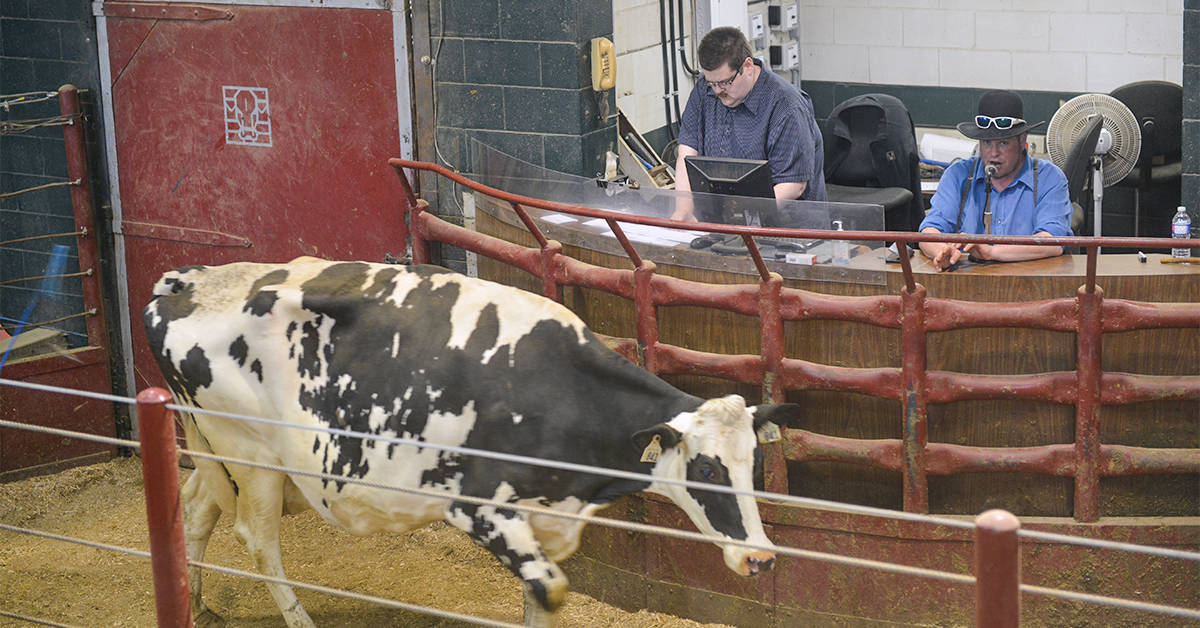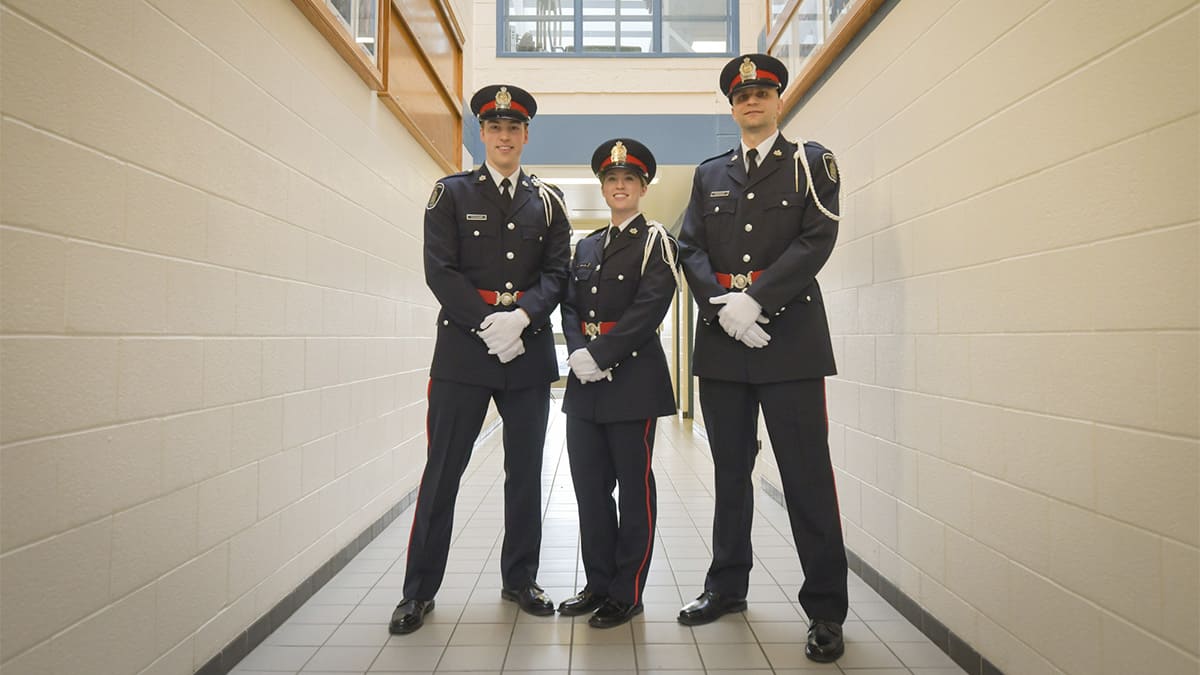Although he started off as a truck driver, Bill Haalstra knew as a kid that he wanted to be a livestock auctioneer.
“Going to the auctions with my dad, I just got kind of fascinated by the auctioneers and the way they could talk. So I basically got started in my head, then, I guess at a young age that [it was] something that I wouldn’t mind trying,” he said.
Haalstra has been an auctioneer for the last 17 years and has competed in several competitions, including the National Championship held earlier this month in Lloydminster, Sask. He’s a regular at the Ontario Livestock Exchange in St. Jacobs.
Haalstra taught himself using videos of other auctioneers such as Ralph Wade and John Kory.
“You start very slow, right? Like Wade basically says ‘$1 now $2, $2 now $3 and essentially you just speed it up. It’s almost like song you can go very slow or you can speed it up and when you got the knack and you start putting a bit more speed to it then it comes together,” he said.
In that light, it’s not as difficult as it appears to be, says Haalstra.
“I think pretty much anybody can do it. I think one of the things that comes along with it is that you have to develop the sharpness and quickness and responses. I’m not very good at doing tongue twisters – I get mixed up with them quite easily – but I watch some of these auctioneers how they can roll off the tongue twisters back to back, just like that and not miss a beat, and it’s impressive,” he said.
While talking fast is part of being a good auctioneer, preparation such as knowing values and the customers going into the auction is key, Haalstra said.
“It’s just the knowledge and making sure that you’re on top of what your items are worth, of what you’re selling, so that you can get the money for people instead of selling something for half the price of what it’s worth. I mean, if you keep doing that too long, you wouldn’t be getting hired,” he laughed.
Auctions have advantages over other ways of selling livestock, what Haalstra described as “true price discovery.”
“When you’re sitting at an auction ring we can have as many as 50 to 100 people sitting there. That’s a lot of people to bid on those animals. It opens up such a big window of bidders. Whereas if you’re selling privately at home, you’re selling to one person,” he said.
“The auction market establishes the price for the livestock. So if nobody chooses the auction method, and nobody uses that way of marketing their livestock, who’s going to establish the price down the road for these people to sell privately?”
The business has changed in recent years with the rise of online auctions, he notes.
“You don’t [always] need an auctioneer anymore,” he said.
While Haalstra finished just outside the top 10 in Lloydminster, the younger generation he competed with shows there is still a market for the live auction, he said.
“They’ve got a lot more wind in them than I do. So they really sell and it’s hard sometimes to compete against this younger generation that’s coming on, but at the same time I hold my own. It helps with this young generation coming on that they’re still interested in getting into the business and being an auctioneer,” he said.
“I still hope that the live auction never disappears because and I think with all these young generations that are still coming into the business, it’ll stay strong because they’re going to keep pushing to market cattle that way as well. I hope we never lose it completely because I think it is the true price discovery and I think the people in general that attended auctions really it’s in their blood to go to the auction and support the auction and bid at the auction.”









